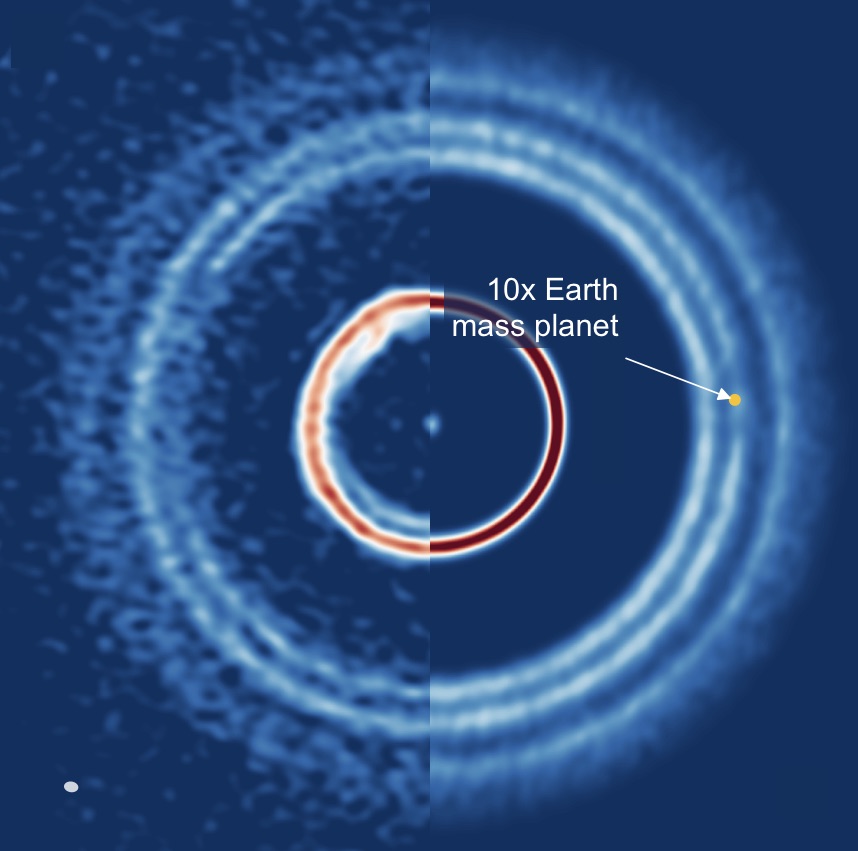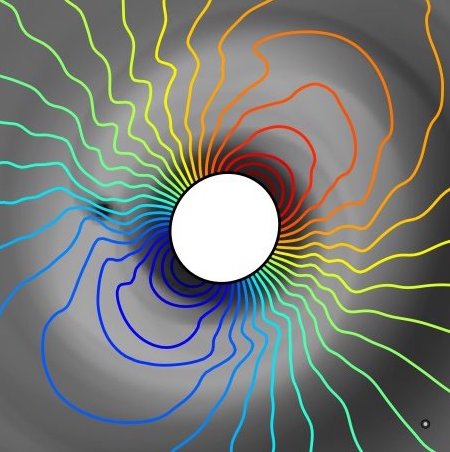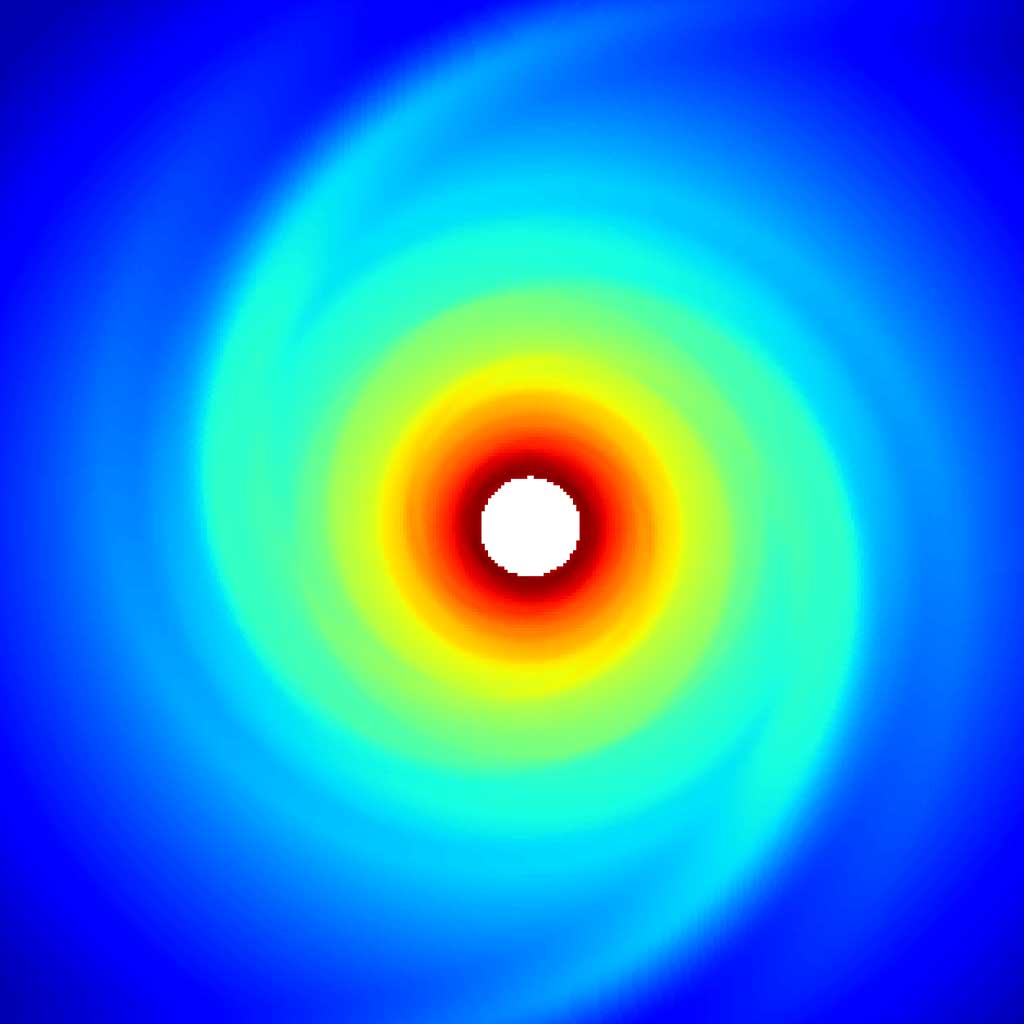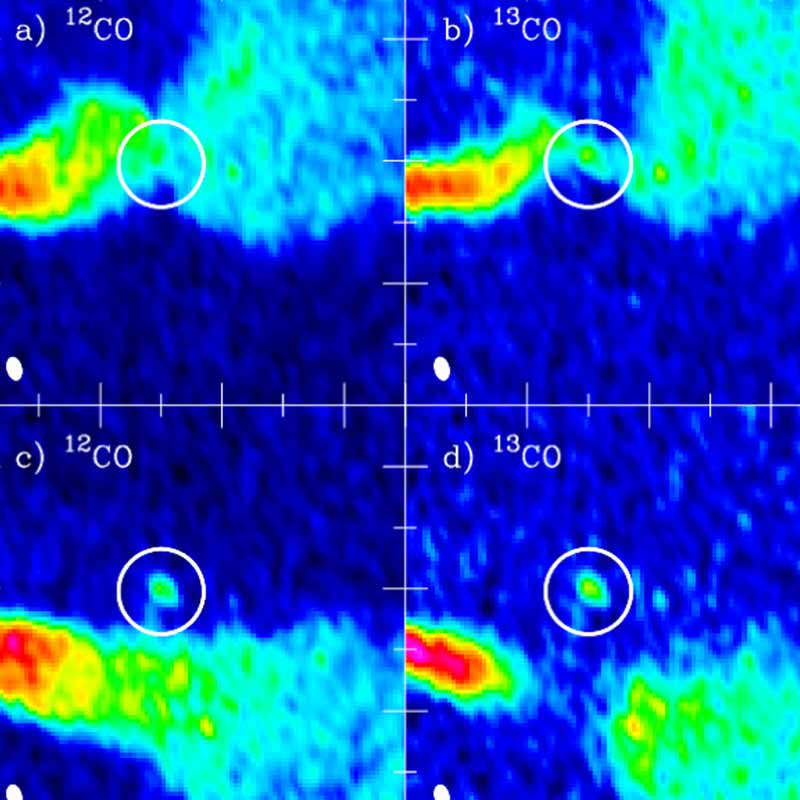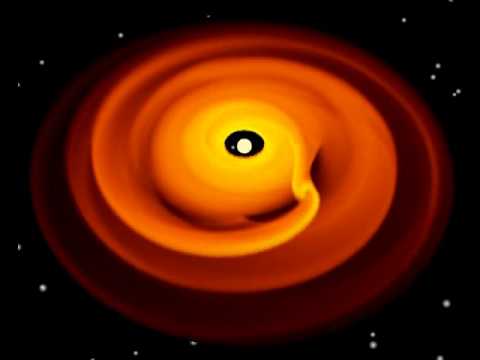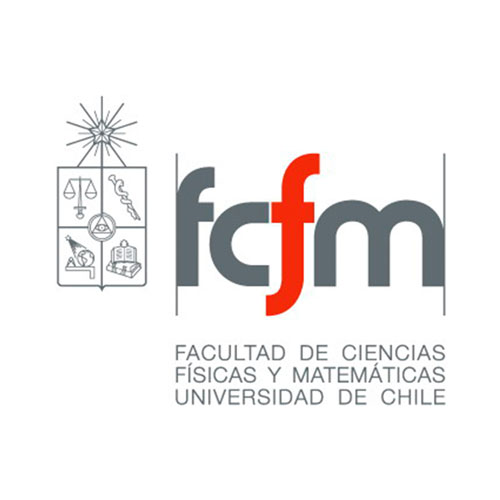Observations and hydrodynamics: migrating mini-Neptune explains ring structure
ALMA high resolution images show that the outer ring of the transition disk in HD169142 consists of three narrow rings. Using hydrodynamical modeling we found that a simple explanation, involving a single migrating low mass planet (10 Earth masses), entirely accounts for such an apparently complex phenomenon.
Paper: Dust unveils the formation of a mini-Neptune planet in a protoplanetary ring by Pérez, Sebastián; Casassus, Simon; Baruteau, C.; Dong, R.; Hales, A.; Cieza, L. (2019)
